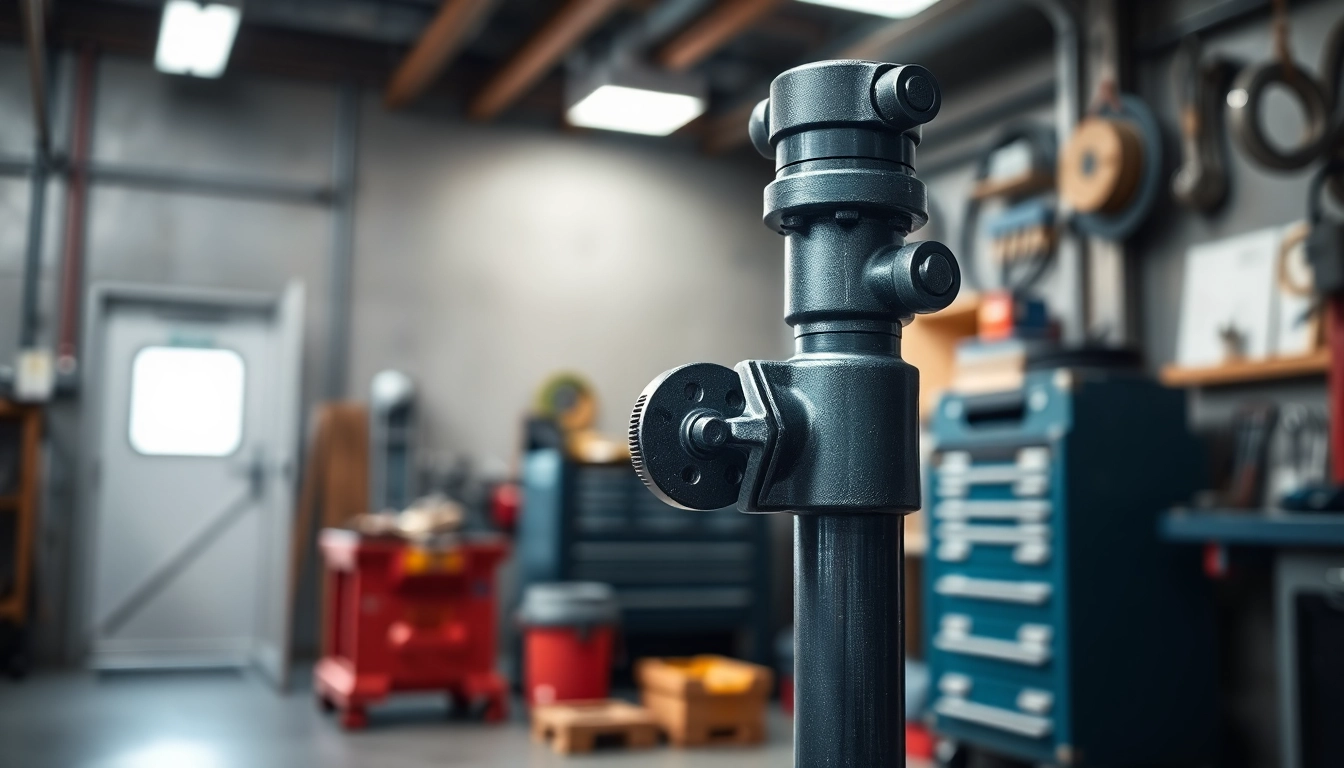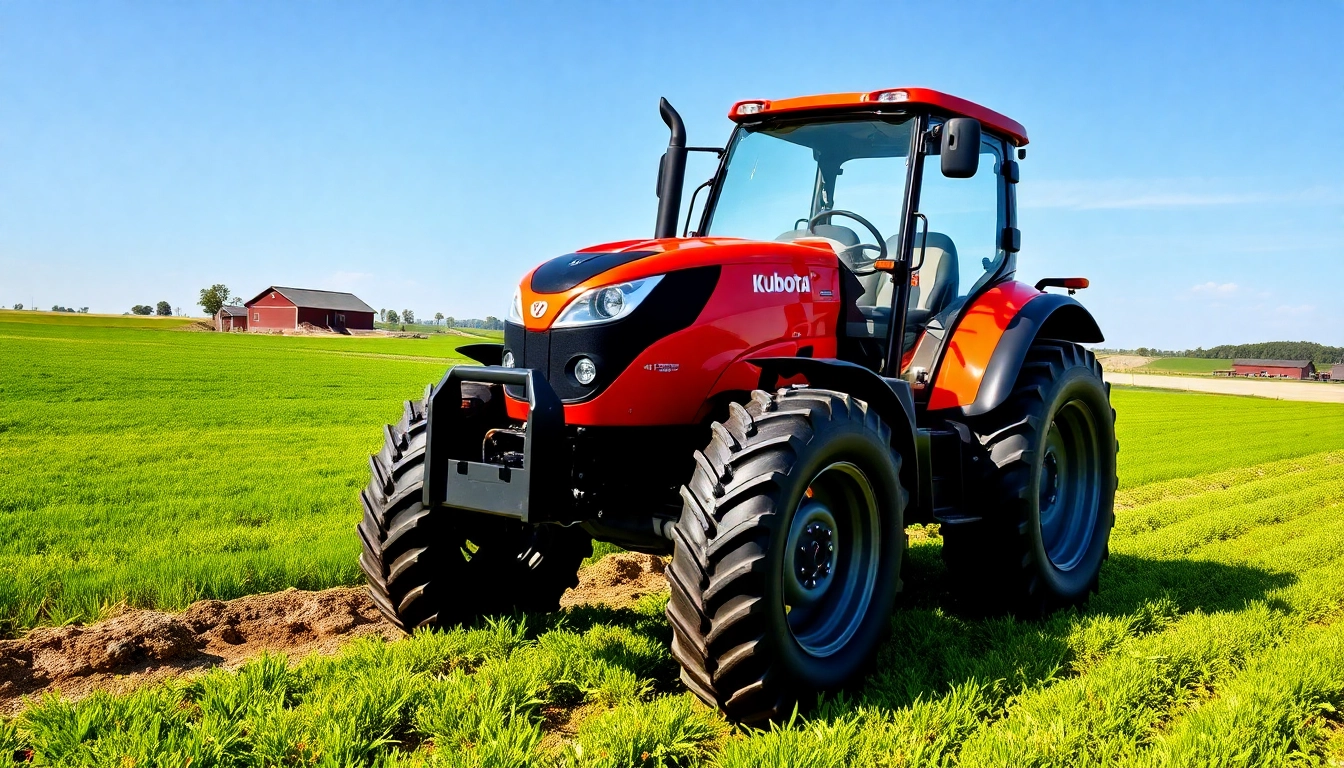Understanding Pipe Stands
What Are Pipe Stands?
Pipe stands are specialized tools designed to support and securely hold pipes during various tasks including welding, cutting, and installation. These stands are essential for professionals in the construction, plumbing, and manufacturing industries, where maintaining precision and stability is crucial. Typically adjustable in height, pipe stands provide the necessary elevation and support for working on pipes safely and efficiently. Their design not only facilitates ease of access but also enhances the safety of the work environment by reducing the risk of pipe roll or movement during operations.
Whether you’re involved in a small DIY project or working with large-diameter pipes in industrial settings, the appropriate pipe stands can significantly improve your workflow. By understanding your specific project requirements, you can choose the best type of pipe stand to enhance productivity and safety.
Key Features of Quality Pipe Stands
Quality pipe stands come with several key features that ensure they perform effectively and safely. Here are some of the most important features to consider:
- Height Adjustability: Many pipe stands are adjustable, which allows users to set the exact height needed for specific tasks. This feature is critical for ergonomic efficiency and user safety.
- Load Capacity: The weight-bearing capacity of the stand is essential. High-quality stands can typically support from 1,000 lbs to over 5,000 lbs, depending on the model.
- Material Durability: Stands made from high-quality steel or aluminum offer durability and resistance to wear and tear, ensuring longevity even in harsh working conditions.
- Stability Features: Look for stands with wide bases or stabilizing legs to prevent tipping or wobbling under heavy loads.
- Portability: Lightweight or collapsible designs enable easy transport and storage, which is particularly advantageous for mobile jobsites.
Common Applications for Pipe Stands
Pipe stands have a range of applications, making them versatile tools in various industries. Here are some common uses:
- Welding: Pipe stands provide stable support for pipes during welding processes, allowing welders to work at appropriate angles.
- Plumbing Installations: During installations, pipe stands hold the pipes in place, ensuring proper alignment and sealing.
- Pipelines for Oil and Gas: In the oil and gas industry, pipe stands support large pipes, facilitating safe assembly and maintenance.
- Fabrication Shops: In fabrication environments, they are used to hold pipes for cutting, grinding, or shaping.
Types of Pipe Stands Available
Adjustable vs Fixed Pipe Stands
When choosing pipe stands, one of the fundamental decisions involves selecting between adjustable and fixed pipe stands.
- Adjustable Pipe Stands: These stands come with mechanisms that allow users to modify the height to suit their specific needs. This flexibility is ideal for projects that require varied working heights or for accommodating different pipe sizes.
- Fixed Pipe Stands: Fixed stands provide a set height. They are often more stable than adjustable stands and are best for environments where height requirements remain consistent across tasks.
Heavy Duty Pipe Stands for Industrial Use
Heavy duty pipe stands are engineered for industrial applications where the loads are much higher. These can handle substantial weights and are built to endure extreme conditions, such as those found on construction sites or in manufacturing plants.
Typically made from robust materials like heavy steel, these stands often feature reinforced frames and wide bases to provide extra stability. They are particularly beneficial in applications where multiple pipes need to be held simultaneously or when working with large diameter pipes.
Pipe Stands with Rollers for Easy Movement
Pipe stands equipped with rollers offer enhanced portability and flexibility, making them perfect for tasks that require mobility. These stands allow users to easily maneuver pipes from one location to another without lifting them manually.
This feature is especially useful on construction sites where pipes need to be relocated frequently, or in workshops where multiple projects are in progress. Rollers can assist in loading and unloading pipes, reducing the risk of injury associated with manual lifting.
How to Choose the Right Pipe Stand
Evaluating Load Capacity and Stability
When selecting a pipe stand, one of the paramount considerations includes evaluating its load capacity. Each stand has a maximum weight limit that it can support safely, and exceeding this limit can lead to catastrophic failures.
To ensure stability, choose stands with wider bases or additional stability mechanisms, such as locking wheels or anti-slip pads. Testing the stand with the intended load can also help confirm its reliability.
Height Adjustability Considerations
Height adjustability can significantly affect the effectiveness of a pipe stand in certain applications. For projects requiring work at varying heights, an adjustable stand is essential as it provides the flexibility to adapt to specific situations.
In contrast, if your project yields consistent heights, a fixed stand may be more appropriate due to its enhanced stability. Consider the height range necessary for your specific pipes and ensure that the stand can accommodate this range comfortably.
Material Durability and Weather Resistance
The material from which a pipe stand is built plays a crucial role in its performance and longevity. Stands made from high-strength steel or aluminum not only provide durability but are also resistant to corrosion, particularly important for outdoor or industrial environments.
Weather-resistant coatings can further enhance a stand’s life expectancy, especially when working in environments subject to moisture or harsh conditions.
Best Practices for Using Pipe Stands
Setting Up Pipe Stands Safely
For optimal safety and effectiveness, proper setup of your pipe stands is critical. Consider the following best practices:
- Inspect Before Use: Always check the stands for defects or wear before use. Look for cracks, corrosion, or bent components.
- Level Ground: Ensure that the stands are set up on stable and level ground to prevent instability.
- Secure Loads: When placing pipes on stands, ensure they are securely positioned, ideally resting against any stabilizing features provided by the stand.
Maintaining Your Pipe Stands for Longevity
Regular maintenance of pipe stands can enhance their longevity and security. Here are some tips:
- Clean After Use: Remove dirt, debris, and any corrosive substances after each use to prevent material degradation.
- Lubricate Moving Parts: If your stand includes adjustable mechanisms, lubricate them periodically to ensure smooth operation.
- Store Properly: When not in use, store pipe stands in a dry place to avoid moisture accumulation that could lead to rust and corrosion.
Common Mistakes to Avoid with Pipe Stands
Awareness of common mistakes when using pipe stands can help reduce accidents and inefficiencies:
- Overloading: Never exceed the specified weight capacity of a pipe stand, as this can lead to failure and injury.
- Ignoring Stability: Setting up stands on uneven surfaces or neglecting to secure them can create a hazardous work environment.
- Forgetting to Use Safety Features: Always utilize locking mechanisms and safety features provided by the stand to enhance security.
Where to Buy Reliable Pipe Stands
Top Retailers for Quality Pipe Stands
Finding reliable pipe stands involves sourcing them from reputable retailers that prioritize quality and safety. Some of the top options include:
- Local Hardware Stores: Many local hardware providers stock a range of pipe stands, often allowing you to inspect quality firsthand.
- Specialty Tool Suppliers: Retailers dedicated to tools and equipment often have in-depth product knowledge and a wider selection.
- Online Retailers: Websites like Amazon and specialist tool sites provide vast selections along with customer reviews to guide your purchasing decision.
Online vs In-Store Purchases
When deciding between online and in-store purchases, consider your priorities. Online shopping offers convenience and competitive pricing, while in-store purchasing allows for immediate gratification and the ability to assess the product’s quality directly.
Additionally, in-person visits often provide opportunities to consult with knowledgeable staff who can make recommendations based on experience.
Reading Reviews to Find the Best Options
Before finalizing your purchase, take time to read customer reviews. Feedback from other users can provide insight into the performance, durability, and reliability of the pipe stands you are considering.
Look for reviews that mention long-term usage, ease of adjustment, and any challenges faced. This information can significantly inform your decision-making process, helping you select a stand that meets your needs effectively.




